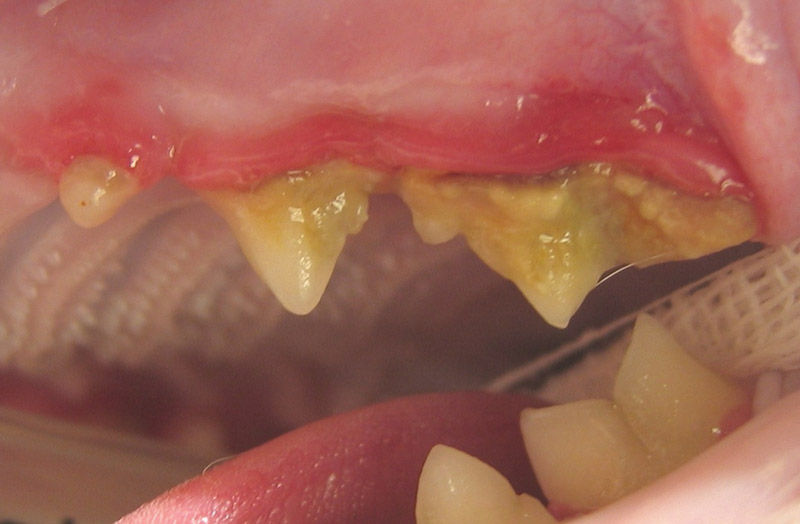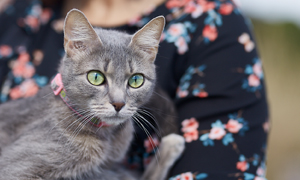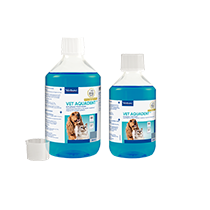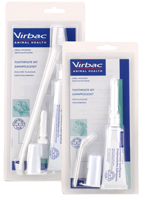
Your Cat’s Teeth Explained
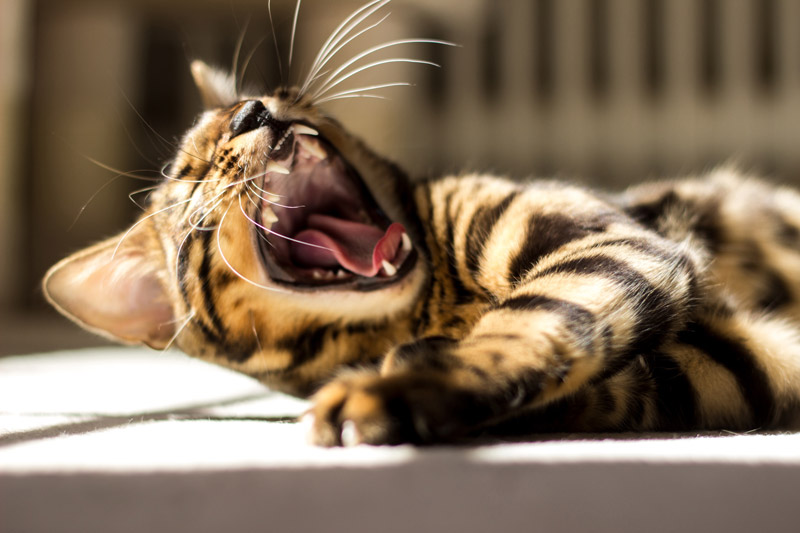
Kittens are born with 26 milk teeth which are replaced by 30 by the time they are an adult cat. Cats are true carnivores so their teeth are highly evolved to help them to hunt, kill and eat prey. They are also an aid to self-defence and a tool for grooming. The tiny incisors at the front of their mouths are designed to grip prey while the sharp canine teeth (the fangs!) kill it and shred it. Further back, they have eight sharp and serrated pre-molar teeth to cut food up into chunks that they can swallow whole and four molars to crush bone. Cats can only move their jaws up and down so they can’t chew food in the way that we can.
Research shows that ‘periodontal disease’ – a collective term for several inflammatory conditions in the mouth – occurs in 70% of cats by the time they are three years old*. You may not even be aware that anything is wrong because the symptoms can be hard to detect but, as well as causing painful damage inside a cat’s mouth, if left untreated, the bacteria involved can go on to affect other parts of their body. This means looking after your cat’s mouth should be an important part of your preventative health regime. Fortunately, there are some simple steps you can take to help maintain your cat’s oral health and in so doing, save them from potentially great discomfort and pain. To find out more, ask your vet or vet nurse (or this could be visit a website if it’s for a practice).
* American Veterinary Dental Association research
